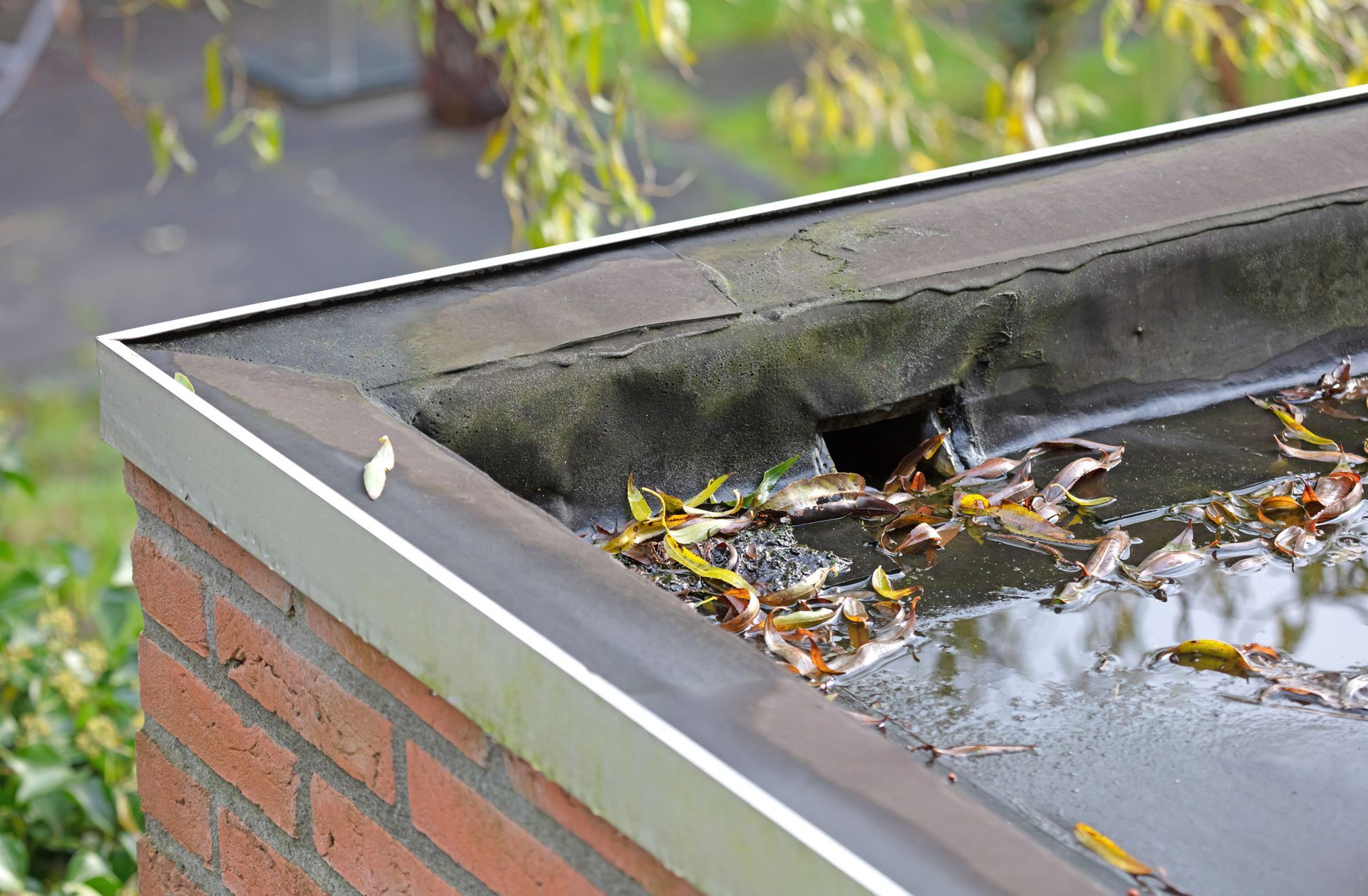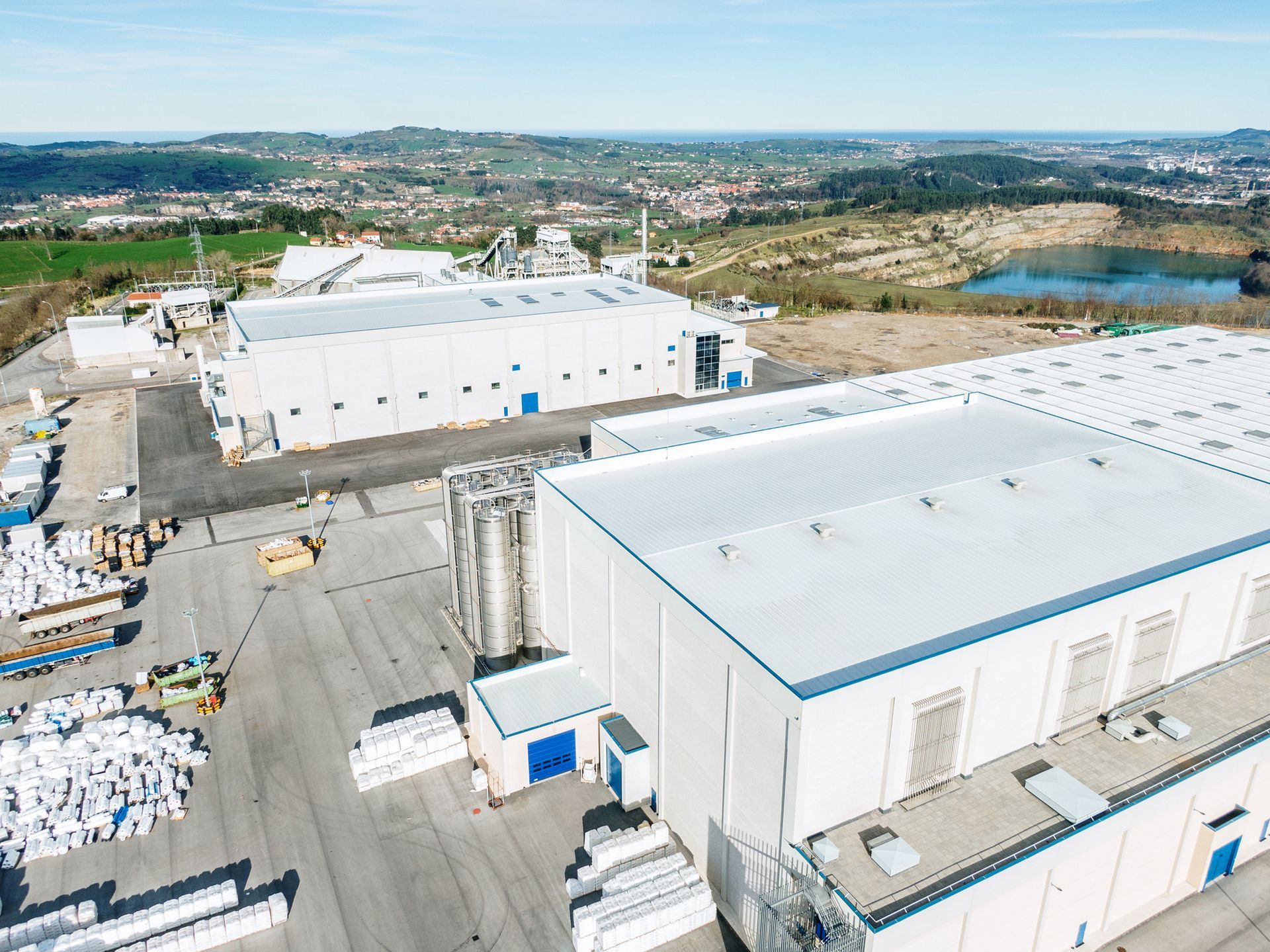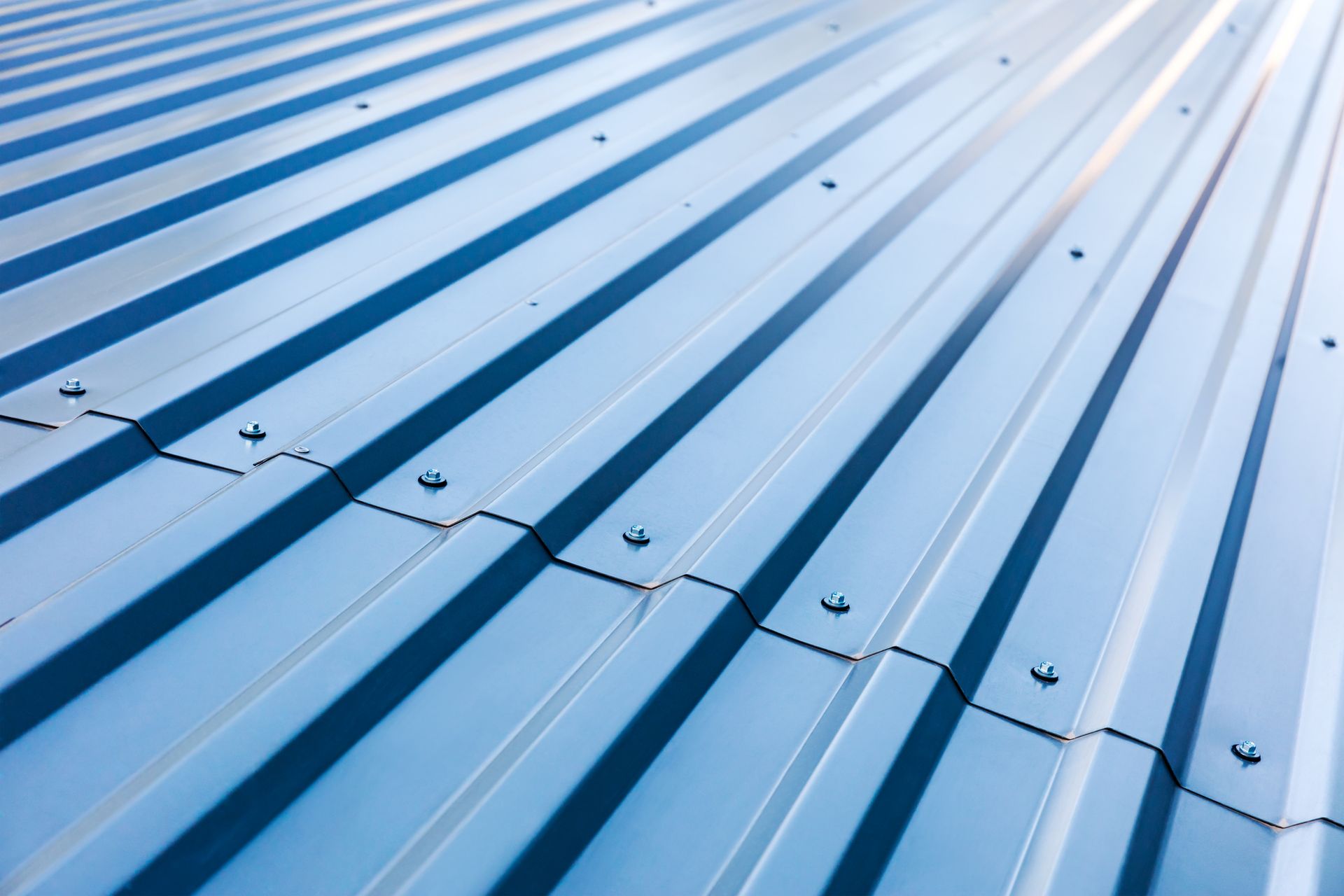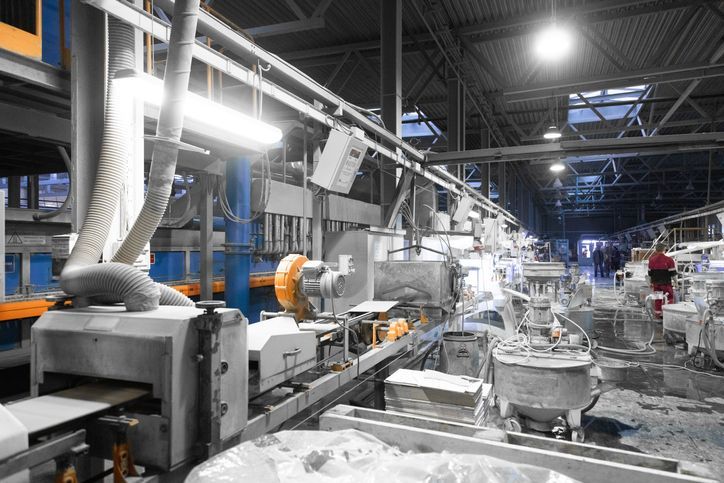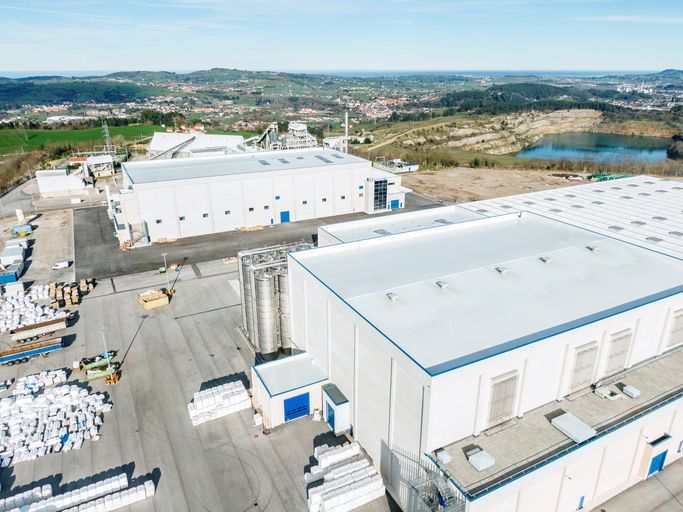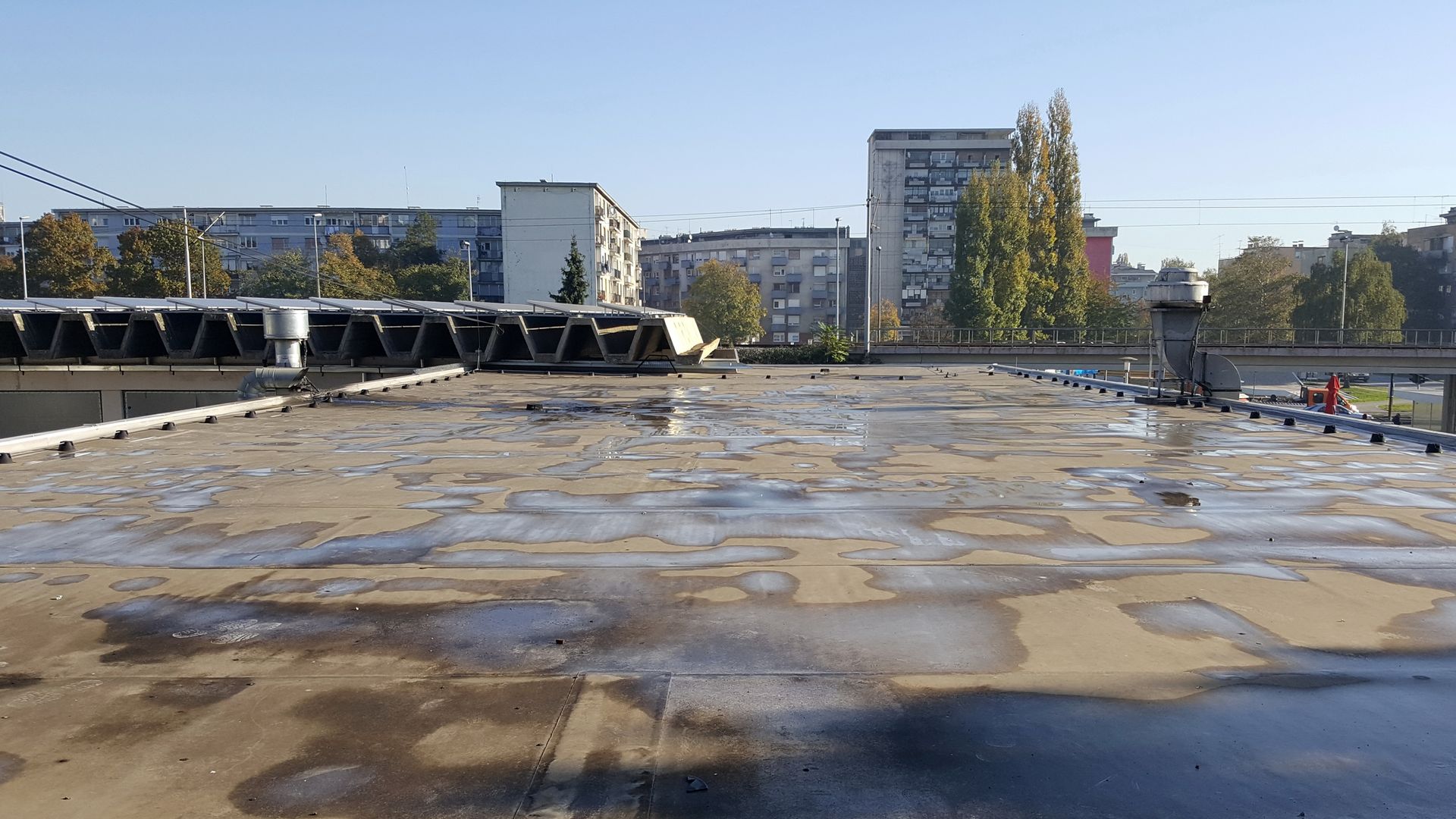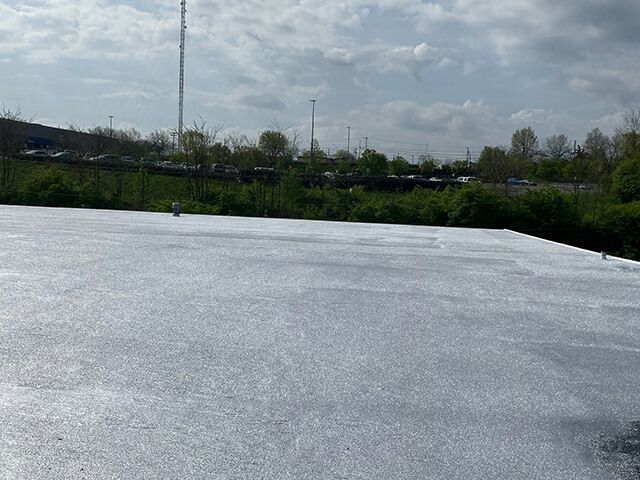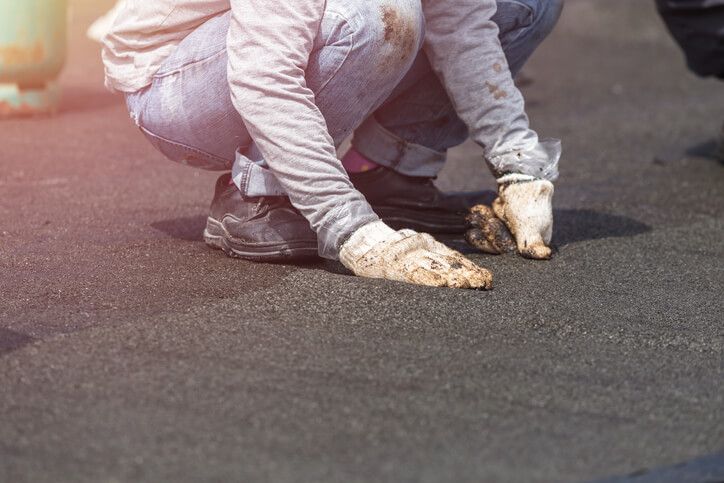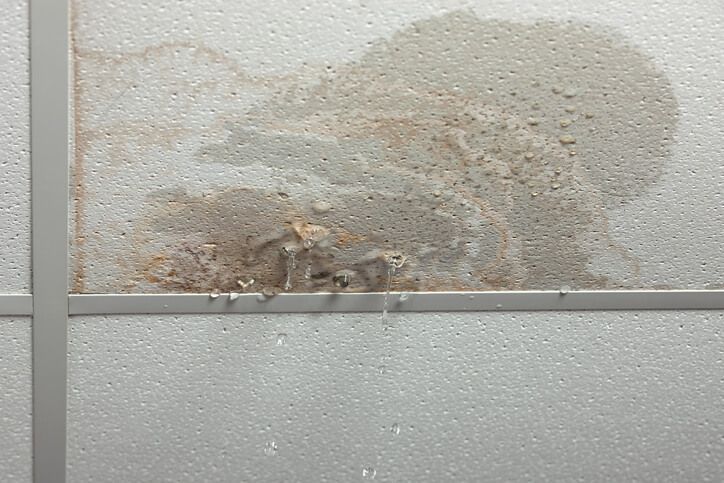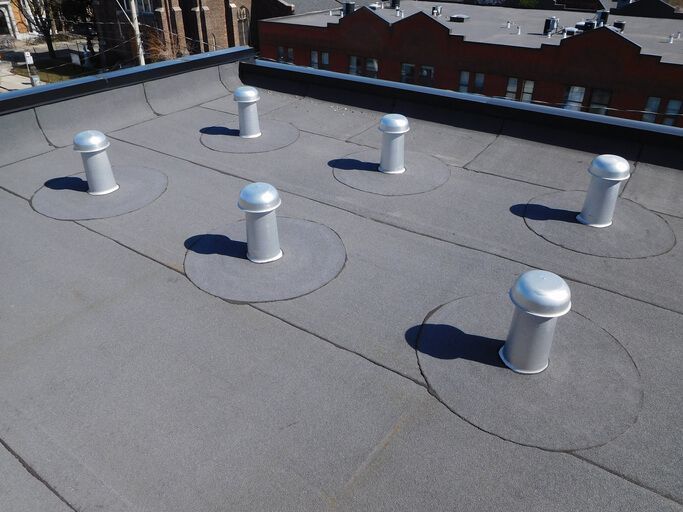Preparing Your Commercial Roof for Winter
A commercial roof is the first line of defense in protecting your property from damage. The winter weather can severely impact your roof, causing shrinkage and other fluctuations due to temperature, ice, and snow. Ponding water can freeze and refreeze, causing damage to the roof membrane, whereas an accumulation of snow can damage the drainage systems or increase the risk of collapse.
It is shown that clients who react to roofing issues as they occur, rather than maintaining and inspecting their roof, end up spending more on repairs and other commercial roofing costs. By being proactive throughout the seasons, you can extend the lifespan of your commercial roof.
At ACR1, we’ve put together some tips on how to prepare your roof for winter and protect it from harsh elements.
Why is Snow Removal Critical for a Commercial Roof?
A flat commercial roof can accumulate a large amount of snow buildup, which can have negative effects on both the roof structure and the commercial building below. The extra weight of the snow can cause damage to the building and create safety hazards that can make you liable. Snow removal should be done with special care and strategy to ensure a job is done right. Winter commercial roof damage can include the following:
Blocked Systems and Building Features
As the snow collects on your roof, it can block access to the roof’s systems and features such as HVAC and plumbing systems. This can cause these systems to malfunction and can also block access points to the roof, which can make snow removal difficult.
Building Damage and Safety Issues
Your top priority is keeping visitors and employees safe. After a significant snowfall, snow and ice can accumulate on the roof and fall off the edges of the commercial roof and onto your property and the people below. This can lead to property damage or physical harm. Your roof can also become damaged as snow and ice falls off in heavy loads from a higher roof surface to a lower roof surface.
Damage to the Roof
Damage can be caused by the heavy snow as well as the freeze and thaw cycle. As the snow melts throughout the day and freezes overnight, the water can get into cracks on the roof’s surface, which can worsen the cracks and other vulnerabilities in the roof’s surface.
Roof Collapse
Your commercial roof can only handle so much weight, so if the snowfall exceeds the weight capacity of the roof, severe damage can occur. This damage can pose a risk to the safety of your employees and the structural integrity of your building. While it is a rare occurrence, it is one of the main reasons that snow management is crucial.
Damage to the Drainage System
As the snow remains on the rooftop after a snowstorm, it will melt and drain into the external drainage system. This water can then refreeze and expand, which can cause serious damage to the drainage system.
When Should I Remove the Snow from My Commercial Roof?
Based on guidance from the Federal Emergency Management Agency (FEMA), if the snow load on your commercial roof is close to the weight capacity of your roof, it should be removed immediately. Snow should also be removed if there is more snow in the forecast that could cause the snow load to exceed the commercial roof’s capacity.
Even if your building can handle the snow load, it should be removed if there is a risk of melting and refreezing. The sun can melt the top layer of snow, causing it to refreeze at night and making it more difficult to remove.
It is crucial to hire a professional, licensed commercial roofing contractor prior to the winter season for snow removal. They will be able to remain safe on your snowy and icy roof and will also know how to prevent damage to the roof membrane during snow removal.
Signs the Snow Load is Stressing Your Commercial Building
If your building is under stress by the current snow load, you may see the following:
- Sagging ceilings.
- Water ponding on the roof may indicate damaged drainage or sunken areas.
- Sprinkler lines and heads appear lower than normal.
- Creaking, popping, and cracking noises.
- Issues opening doors or windows mean that the roof or wall has shifted under the weight of the snow.
- Cracks in the drywall, masonry, and other wall materials.
- Sagging roof truss would indicate that there are issues with the roof membrane.
What Ways Can I Prepare My Commercial Roof for Winter?
Your commercial roof will need to be prepared in the fall prior to the winter season to ensure it is protected from the harsh winter elements. To prepare for winter, we recommend:
- Know your roof’s history- You will want to have information such as how old your roof is, the roof’s maintenance history, the last inspection date, etc. This will allow your roofing contractor to accurately assess your roof.
- Install wind baffles and snow guards- Wind baffles will help to keep snow from accumulating in the drainage systems, vents, and other entry points on the commercial roof. Snow guards are used to protecting the plumbing vents and other airways from becoming covered in snow.
- Have your roof inspected in the fall season– In the fall, we recommend having a licensed roofing contractor inspect your roof and complete any repairs before they can become major issues during the winter.
- Make a map of your roof- For more efficient, safer snow removal, we recommend compiling a map of the roof that includes the drainage system, roof features, and other areas of the roof where snow builds up.
- Perform recommended repairs- Once your inspection is completed, your will need to make sure that you make all recommended repairs to prevent leaks, clear out roof drains and gutters, and take measures to fix and prevent problems. Being proactive is the best way to protect your roof’s structure and your commercial building.
Contact your commercial roofing company ACR1 today to learn how we can assist you with the inspection, repair , and replacement of your commercial roof to help it last all winter long and beyond.

Author:
Floyd Mason
Born and raised in farming in Iowa
Worked in and around construction since 1977
BS in Corporate Finance and Financial & Estate Planning from Brigham Young University. Involved in Boy Scouts of America for more than 35 years, Scoutmaster 15 years Estimator, Project Manager, Sales Representative, Crew Leader, Laborer, Territory Manager, District Manager, Regional Manager, National Sales Manager,
ACR1.COM Sales & Marketing Manager since 2013.
